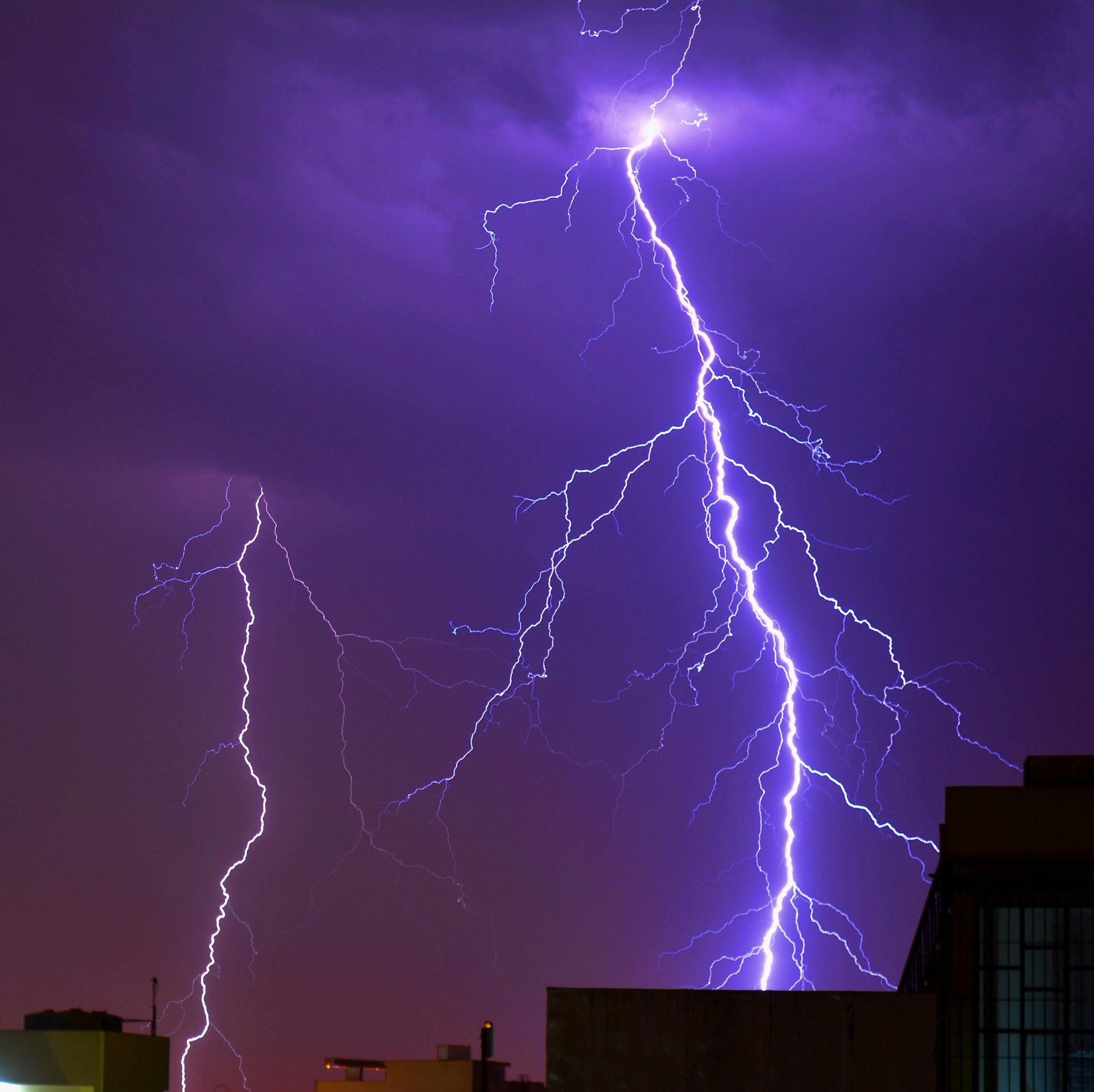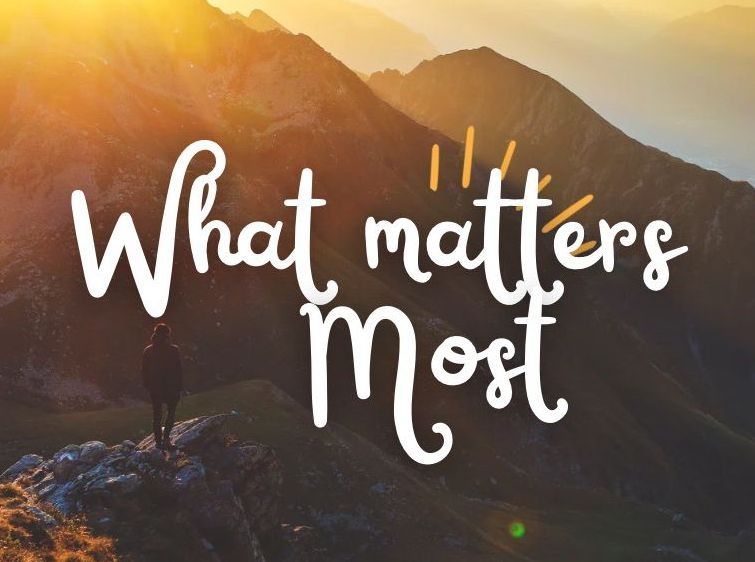The Rain and the Umbrella
How to Manage Emotional Storms with ADHD
Transforming the Challenges of Executive Dysfunction in ADHD into Unparalleled Creativity and Focus
Meta Description: Uncover effective strategies to navigate executive dysfunction associated with ADHD, boost concentration, and ignite creativity. Gain insights into converting obstacles into assets.
The interplay between ADHD and executive dysfunction frequently results in difficulties with organization, time management, and completing tasks. However, this intersection also presents an opportunity to tap into extraordinary levels of focus and creativity. This exploration aims to reframe the challenges posed by executive dysfunction as avenues to leverage ADHD's innate potential for remarkable focus, rapid processing, and inventive thinking.
Decoding ADHD and Its Impact on Executive Functions
ADHD, or Attention Deficit Hyperactivity Disorder, encompasses far more than the commonly perceived attention challenges. It's a multifaceted neurological condition that primarily affects executive functions essential for planning, making decisions, and executing tasks. The repercussions of executive dysfunction can render everyday activities daunting, fostering procrastination and underperformance.
Neurological Insights into ADHD
Central to understanding ADHD is recognizing the unique neurological variations it presents. Studies pinpoint distinct differences in brain regions responsible for executive functions in individuals with ADHD. These differences signify not a shortfall but an alternate neural configuration that, once decoded, can be channelized towards inventive and focused activities.
Tailored Approaches to Mitigate Executive Dysfunction
Addressing executive dysfunction demands customized strategies. Employing prioritization methods to filter tasks based on urgency and significance can dissipate feelings of being overwhelmed. Leveraging digital aids such as planners and timers can scaffold daily navigation more efficiently. Furthermore, breaking down larger projects into smaller, achievable segments and acknowledging each accomplishment can propel forward momentum.
Capitalizing on Hyper-Focus
The hyper-focus attribute of ADHD, when effectively steered, can emerge as a formidable advantage. Identifying and fostering triggers for hyper-focus while crafting an environment that minimizes distractions can transform potential distractions into phases of intense productivity and innovative thinking.
Fostering Creativity Amidst ADHD
The coexistence of ADHD with a vibrant spectrum of creativity offers a fertile ground for cognitive diversity. Promoting cognitive flexibility by challenging routines and engaging in varied exercises can spark inventive thought processes. Immersing in diverse experiences and nurturing curiosity can further amplify creative capacities.
Technological Allies for Focus and Creativity
In today's digital era, a plethora of applications and devices are at our disposal to enhance concentration and stimulate creativity. From noise-cancelling headphones to applications that boost focus, and software that nurtures creativity, technology stands as a potent companion in this journey.
Cultivating a Supportive Ecosystem
The path through ADHD and executive dysfunction is one best traversed with support. Seeking professional guidance, connecting with like-minded individuals, and tapping into community resources can offer essential support and accountability.
Lifestyle Interventions to Elevate Focus and Creativity
Nutrition, physical activity, rest, and stress management are cornerstone elements in mitigating ADHD symptoms. A well-rounded diet, consistent exercise, sufficient sleep, and practices to lower stress can significantly uplift physical and cognitive well-being, thereby enhancing focus and creative output.
Reimagining Challenges as Opportunities
Numerous individuals with ADHD have successfully redefined their challenges as core strengths. Through embracing effective coping mechanisms, seeking supportive networks, and adjusting lifestyles, transforming obstacles into opportunities for personal and professional growth becomes attainable.
FAQs Addressing Executive Dysfunction and ADHD
Initiating steps to enhance executive functions with ADHD?
Strategies for achieving hyper-focus swiftly?
Encouraging creativity in individuals with ADHD?
Diet recommendations for alleviating ADHD symptoms?
The significance of physical activity in ADHD management?
The impact of sleep on ADHD and executive functioning?
Conclusion
The journey to reframe executive dysfunction and utilize ADHD's strengths for superior focus and creativity involves self-awareness, strategic approaches, and community support. By comprehending the distinct makeup of the ADHD brain, implementing practical coping strategies, and adopting a lifestyle that fosters overall well-being, individuals with ADHD can unlock their vast potential, transforming perceived impediments into unparalleled assets and imaginative prowess.
what Matters Most

Have you ever had one of those moments where your brain feels like a thunderstorm—wild, chaotic, and then suddenly lit up by a lightning bolt so bright it stops you in your tracks? If you’ve got ADHD, I’m betting you know exactly what I mean. When you’re locked in and unstoppable, those electric bursts of energy are what I call the "lightning" of ADHD. They’re thrilling, right? But they can also vanish as fast as they strike, leaving you wondering how to hold onto that magic. Well, grab a cozy spot and stick with me—today, we’re diving into Chapter 5 of Harnessing the Storm, "Lightning and the Lightning Rod," to figure out how to catch that lightning and make it work for you. Spoiler: it’s less about fighting your brain and more about working with it, and I can’t wait to share how. Let’s paint a picture: You’re sitting there, maybe avoiding something boring like folding laundry, when—ZAP!—an idea hits. It’s brilliant. You’re buzzing, diving into a project with laser focus, and you’re a force of nature “for a little while.” That’s hyper-focus, one of ADHD’s hidden gems. In Chapter 5, I liken it to lightning because it’s intense, fleeting, and downright powerful. But here’s the catch—just like a real storm, it doesn’t always stick around. One second, you’re deep in the zone, and the next, you’re distracted by a shiny object or lost in a daydream about tacos. I’ve been there more times than I can count. For years, I’d get frustrated when those bursts faded before I could finish anything. Then it hit me: that lightning isn’t a glitch—it’s a gift. We just need a way to channel it. So, how do we catch it? That’s where the "lightning rod" comes in—a tool to grab and direct that raw energy somewhere useful. Think of it like this: researchers, like those at the Cleveland Clinic, say hyper-focus happens when something grabs your interest so hard that your brain tunes out everything else (Cleveland Clinic, 2023). It’s why you might lose hours to a video game or a passion project but struggle to care about spreadsheets. In the book, I share a story about my buddy Sam, who’s got ADHD and a love for building model trains. He’d get these wild ideas for intricate designs, but they’d fizzle out fast. Then he tried what I call the "Capture and Contain" trick. Step one: capture the lightning. When inspiration hits, scribble it down—notebook, phone, napkin, whatever’s handy. Sam started sketching his train layouts the moment they sparked. Step two: contain it. Pick one tiny next step—like “Spend 20 minutes tomorrow gathering supplies”—so that burst doesn’t just drift away. Now, Sam’s got a shelf full of finished models, and he’s beaming with pride. You can do this, too, whether it’s a creative idea, a work goal, or something that just lights you up inside. Here’s the heart of it: those lightning moments aren’t just about productivity—they’re a clue to who you are. Experts like Dr. Russell Barkley point out that ADHD brains thrive on dopamine, that feel-good chemical tied to reward and motivation (Barkley, 2015). When you hyper-focus, it’s often on stuff that feeds your soul—things that excite or challenge you. For me, it’s writing—like pouring my thoughts into this post for you. What’s it for you? Maybe it’s music, fixing things, or dreaming up big ideas. That’s your lightning rod’s sweet spot. You can carve out more space for it by noticing what triggers your hyper-focus. Imagine saying, “Hey, this thing I love? I’m going to make it happen more.” That’s not just managing ADHD—that’s turning it into your superpower. And don’t worry if it feels messy at first. Hyper-focus can be a double-edged sword—amazing when it works, tricky when it doesn’t. WebMD notes that while it can lead to incredible bursts of creativity, it might also mean losing track of time or neglecting other stuff (WebMD, 2023). That’s why your lightning rod needs a little structure. Try setting a timer to keep your bursts in check, or pair them with a reward—like a snack after an hour of focus. I once got so caught up writing that I forgot to eat all day—lesson learned! Now, I set a little alarm to nudge me back to reality. It’s not about taming the storm; it’s about guiding it so you don’t burn out. So, don't let the lightning slip through your fingers next time it strikes. Catch it, channel it, and let it fuel something incredible. You’ve got a storm in you, sure—but it’s a gorgeous, powerful one. Want more ideas like this? Flip through Harnessing the Storm or swing by our crew at www.itswhatmattersmost.com. I’d love to hear what your lightning looks like—drop me a note or leave a comment. Let’s harness this storm together, okay?
what Matters Most

Have you ever had one of those moments where your brain feels like a thunderstorm—wild, chaotic, and then suddenly lit up by a lightning bolt so bright it stops you in your tracks? If you’ve got ADHD, I’m betting you know exactly what I mean. When you’re locked in and unstoppable, those electric bursts of energy are what I call the "lightning" of ADHD. They’re thrilling, right? But they can also vanish as fast as they strike, leaving you wondering how to hold onto that magic. Well, grab a cozy spot and stick with me—today, we’re diving into Chapter 5 of Harnessing the Storm, "Lightning and the Lightning Rod," to figure out how to catch that lightning and make it work for you. Spoiler: it’s less about fighting your brain and more about working with it, and I can’t wait to share how. Let’s paint a picture: You’re sitting there, maybe avoiding something boring like folding laundry, when—ZAP!—an idea hits. It’s brilliant. You’re buzzing, diving into a project with laser focus, and you’re a force of nature “for a little while.” That’s hyper-focus, one of ADHD’s hidden gems. In Chapter 5, I liken it to lightning because it’s intense, fleeting, and downright powerful. But here’s the catch—just like a real storm, it doesn’t always stick around. One second, you’re deep in the zone, and the next, you’re distracted by a shiny object or lost in a daydream about tacos. I’ve been there more times than I can count. For years, I’d get frustrated when those bursts faded before I could finish anything. Then it hit me: that lightning isn’t a glitch—it’s a gift. We just need a way to channel it. So, how do we catch it? That’s where the "lightning rod" comes in—a tool to grab and direct that raw energy somewhere useful. Think of it like this: researchers, like those at the Cleveland Clinic, say hyper-focus happens when something grabs your interest so hard that your brain tunes out everything else (Cleveland Clinic, 2023). It’s why you might lose hours to a video game or a passion project but struggle to care about spreadsheets. In the book, I share a story about my buddy Sam, who’s got ADHD and a love for building model trains. He’d get these wild ideas for intricate designs, but they’d fizzle out fast. Then he tried what I call the "Capture and Contain" trick. Step one: capture the lightning. When inspiration hits, scribble it down—notebook, phone, napkin, whatever’s handy. Sam started sketching his train layouts the moment they sparked. Step two: contain it. Pick one tiny next step—like “Spend 20 minutes tomorrow gathering supplies”—so that burst doesn’t just drift away. Now, Sam’s got a shelf full of finished models, and he’s beaming with pride. You can do this, too, whether it’s a creative idea, a work goal, or something that just lights you up inside. Here’s the heart of it: those lightning moments aren’t just about productivity—they’re a clue to who you are. Experts like Dr. Russell Barkley point out that ADHD brains thrive on dopamine, that feel-good chemical tied to reward and motivation (Barkley, 2015). When you hyper-focus, it’s often on stuff that feeds your soul—things that excite or challenge you. For me, it’s writing—like pouring my thoughts into this post for you. What’s it for you? Maybe it’s music, fixing things, or dreaming up big ideas. That’s your lightning rod’s sweet spot. You can carve out more space for it by noticing what triggers your hyper-focus. Imagine saying, “Hey, this thing I love? I’m going to make it happen more.” That’s not just managing ADHD—that’s turning it into your superpower. And don’t worry if it feels messy at first. Hyper-focus can be a double-edged sword—amazing when it works, tricky when it doesn’t. WebMD notes that while it can lead to incredible bursts of creativity, it might also mean losing track of time or neglecting other stuff (WebMD, 2023). That’s why your lightning rod needs a little structure. Try setting a timer to keep your bursts in check, or pair them with a reward—like a snack after an hour of focus. I once got so caught up writing that I forgot to eat all day—lesson learned! Now, I set a little alarm to nudge me back to reality. It’s not about taming the storm; it’s about guiding it so you don’t burn out. So, don't let the lightning slip through your fingers next time it strikes. Catch it, channel it, and let it fuel something incredible. You’ve got a storm in you, sure—but it’s a gorgeous, powerful one. Want more ideas like this? Flip through Harnessing the Storm or swing by our crew at www.itswhatmattersmost.com. I’d love to hear what your lightning looks like—drop me a note or leave a comment. Let’s harness this storm together, okay?


